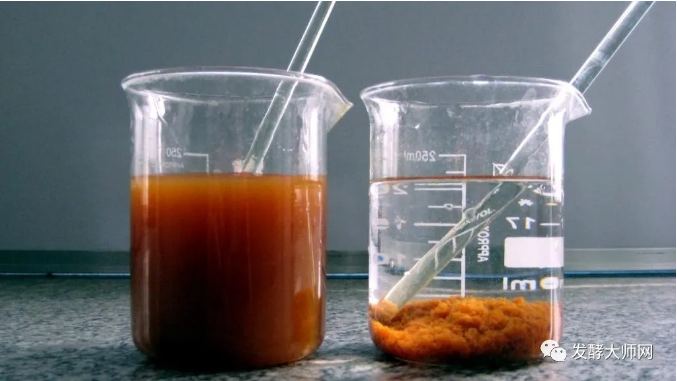Environmental protection water treatment: the application and principle of microbial flocculant in water treatment
Mar 05,2021

Flocculant is one of the most used chemicals in sewage treatment, and it is also widely used in other industries. It is mainly divided into three categories: inorganic flocculants, organic flocculants, and natural polymer flocculants. In terms of contact and understanding, most people have a better understanding of inorganic flocculants and natural polymer flocculants. They are cheap but have secondary pollution problems. Although natural polymer flocculants are environmentally friendly, they are expensive and unfamiliar. There are exceptions such as: microbial flocculants. It has long been discovered that microorganisms have flocculation. Microbial flocculant is a safe, efficient, and naturally degradable new water treatment agent obtained by extracting and purifying from microorganisms or their metabolites by using biotechnology. Its components include glycoprotein, cellulose, protein and DNA. It has also received more and more attention from people, and has shown a trend of gradually replacing traditional flocculants. At present, microbial flocculants on the market are mainly used to treat high-COD organic wastewater and dye wastewater decolorization and restore the settling capacity of activated sludge.

Microbial flocculant action principle
The principle of electric neutralization: the surface of suspended particles in the water body is negatively charged, and particles of the same sex repel each other, and the surface of the microbial flocculant is positively charged, which will neutralize the negative charge, causing the suspended particles to collide and precipitate by magnetic force.
The principle of sweeping action: The microbial flocculant is dissolved in the water body to form a net-like floc. Under the action of gravity, it can quickly catch the net and sweep the smaller suspended particles in the water body.
Adsorption and bridging mechanism: With the help of ionic bonds, hydrogen bonds and van der Waals forces, the flocculant macromolecules simultaneously adsorb multiple colloidal particles to create a bridging effect between the particles, thereby forming a three-dimensional network structure to precipitate.
01 characteristics of microbial flocculant
High efficiency: Under the same dosage, the use efficiency of microbial flocculant is higher than that of conventional iron salt, aluminum salt and other flocculants.
Non-toxic: The microbial flocculant is a natural organic high-fraction flocculant, which is safe and non-toxic, and will not affect the sludge.
No secondary pollution: The composition of the flocculant produced by microorganisms is complex and diverse, which varies with the strain of bacteria. It is biodegradable and can degrade by itself, so it will not cause secondary pollution.
Wide range of applications: it can treat activated sludge, charcoal, ink, river bottom sediments, printing and dyeing wastewater, etc.
Short production cycle: The microorganisms grow and reproduce fast, are easy to mutate, and distribute widely, so the source is wide and the production cycle is very short.
01 application in wastewater treatment
The application of in the treatment of river water has been studied. Tests have shown that the treatment of high turbidity river water with the flocculant produced by the separated and screened bacillus has significantly better technical indicators than conventional flocculants such as PAC.
Relieve sludge bulking: By adding a microbial flocculant to the activated sludge, the volume index of the activated sludge will decrease, thereby eliminating the sludge bulking and restoring the settling capacity of the activated sludge. For example, when treating the sublimation of licorice pharmaceutical wastewater, by adding a certain amount of microbial flocculant to the formed expanded sludge, the SVI of the sludge will quickly drop from 290 to 50, thereby eliminating sludge expansion and restoring activated sludge settlement The effect of ability.
Printing and dyeing wastewater decolorization: The components of printing and dyeing wastewater are more complex, with high chroma, and contain hard-to-degrade surfactants. For example, the treatment of dye wastewater with white rot fungi is a hot research topic.
"Enrichment of heavy metals: Many microbial flocculant-producing bacteria have the ability to adsorb heavy metal ions.
With the continuous improvement of people's understanding of water treatment, the possible secondary pollution caused by chemical flocculant residues has attracted much attention from the society. This has given microbial flocculants an excellent opportunity to enter the market, but the composition of production wastewater in my country is increasing. Complex, the adaptability of microbial flocculants is also facing challenges.







